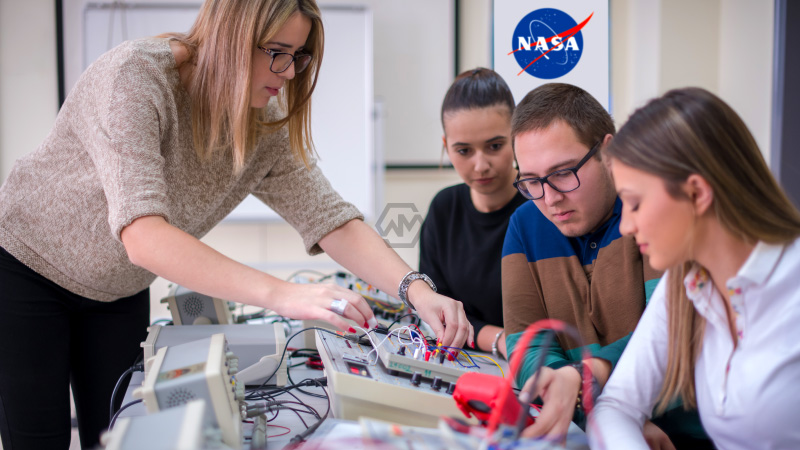NASA has declared the beneficiaries of its yearly Settled Program to Invigorate Cutthroat Exploration (EPSCoR) awards, giving a sum of more than $10.8 million across 15 establishments north of three years to help logical and specialized research.
This examination lines up with the organization’s needs, including figuring out our changing climate and progressing with a long-haul investigation on the Moon through Artemis.
$10.8 Million Donation for NASA
Every grantee will zero in on a scope of high-need research needs, including profound space investigation, economical assembling in space, and headways in innovation and science that will likewise help mankind here on the planet.
The grantees incorporate Oklahoma State College, which will get financing to seek improvement of a straightforward method for building sunlight-powered chargers straightforwardly on the outer layer of the Moon.
Scientists intend to investigate a sunlight-based charger innovation utilizing vacuum-handled perovskite sun-oriented lightweight cells, which have high-power age potential and are lenient to radiation, making them great possibilities for space applications.
The College of Wyoming is conceded subsidizing for research advancement that tries to work on how we might interpret what changes in the worldwide environment mean for territorial water accessibility in the western US. Water shortage is turning into an undeniably major problem in many areas of the planet, and this task could have significant ramifications for agribusiness, the travel industry, and personal satisfaction.
- The program, based at the organization’s Kennedy Space Center in Florida, centers around 25 states and three domains (Guam, U.S. Virgin Islands, and Puerto Rico).
- NASA chose the undertakings given their legitimacy and arrangement with NASA missions.
- This is a capacity that could encourage NASA’s objective of supporting a lunar headquarters and longer endeavors.
The South Dakota School of Mines and Innovation will hope to make another lithium-sulfur battery innovation that is better than existing lithium-particle batteries. Further developing the power limit and life of batteries could assist NASA with driving rockets, space apparatus, and environments on the Moon, and at last, Mars.
Colleges and schools from the nation presented recommendations for the EPSCoR awards, with every locale, qualified to offer one proposition each year. The three-year time of execution for each task will be joined by a necessity to share half of the expense.
These awards not just help innovative work in that frame of mind to NASA’s central goal, yet additionally add to the general exploration foundation, science, and innovation abilities of advanced education and monetary improvement in the locales getting financing.
The NASA EPSCoR program is an imperative part of the organization’s technique to encourage coordinated effort and invigorate development in innovative work the nation over.
By giving assets to help the state-of-the-art research here, NASA is assisting with making a more grounded and more energetic academic local area that will drive development and push the limits of what is conceivable in space investigation to serve all.



